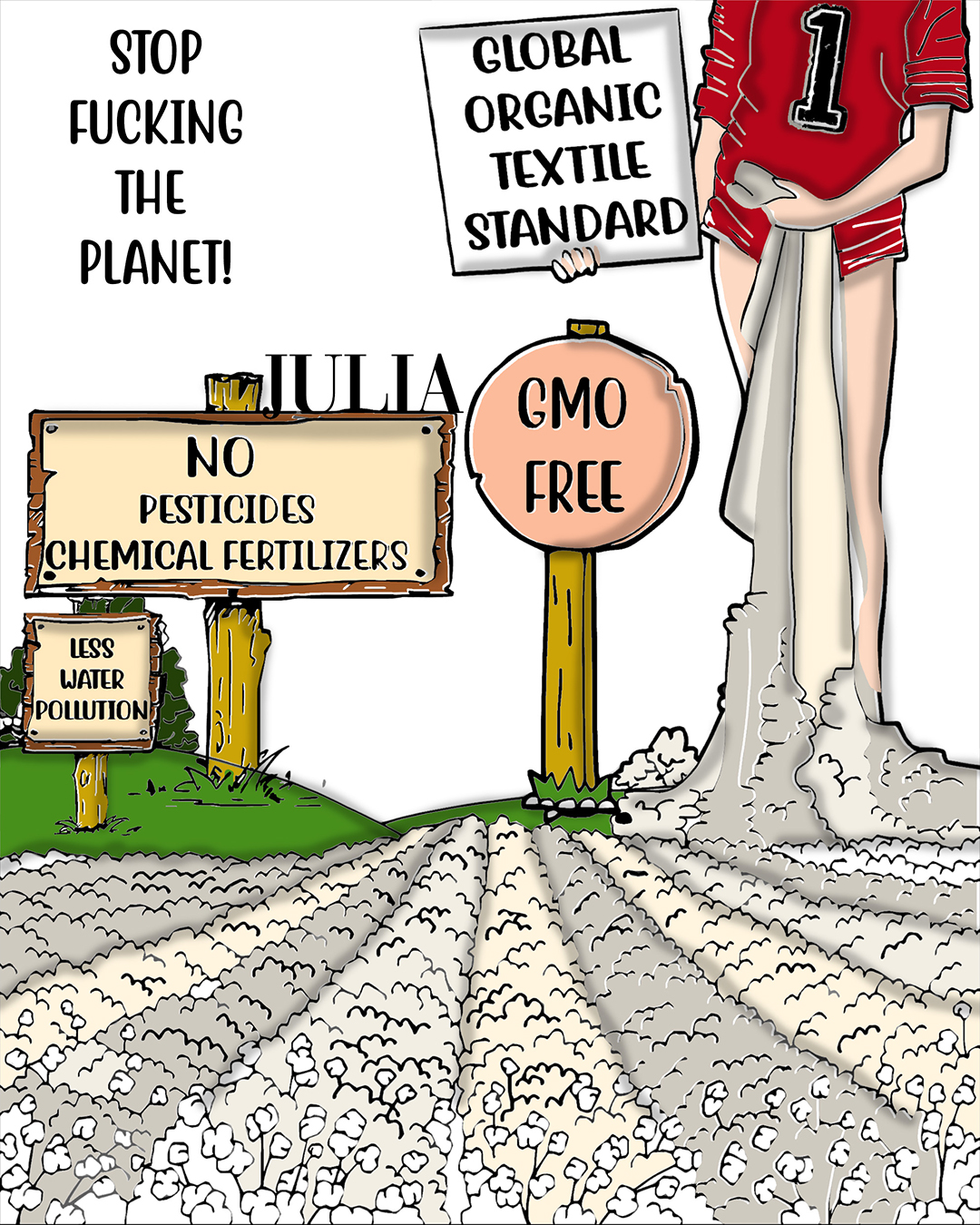
Yesterday when I was wondering about the topic of my new post my eyes turned upward and the view was so breathtakingly beautiful. Cotton candy skies are so rare as they only occur for a few moments and not shown every day. So the idea had dropped to my mind. Today I'm gonna tell you the secrets of cotton.
Cotton is the most commonly used fabric on earth, accounting for over half of the world's fibre needs and it can be regular or organic.
The organic cotton is grown organically, meaning the cotton plants are not genetically modified and no harmful pesticide or fertilisers are used in the process. It uses 11 times less water and emits 46% less CO2, it's amazing, don't you think?
Basically, you can use organic cotton instead of regular cotton in just about any instance.
In the match of conventional cotton versus organic cotton, organic is definitely the answer so far.
The organic cotton can be GOTS certified, the most important certification worldwide, the aim of the standard is to define globally recognised requirements that ensure the organic status of cotton, from the harvesting of raw materials, through environmentally and socially responsible manufacturing all the way to labelling, in order to provide a credible assurance to the end consumer.
If a product or textile claims to be GOTS Certified, it means that they are using a minimum of 95% organic fibres. If it is labeled with “made with organic” it contains a minimum of 70% certified organic fibres.
Go Organic, be Sustainable.
Stop F**king The Planet,
Julia.
Credits:
Illustrations: @serenaconti
Sponsored by @panamatrimmings
Hot-printing
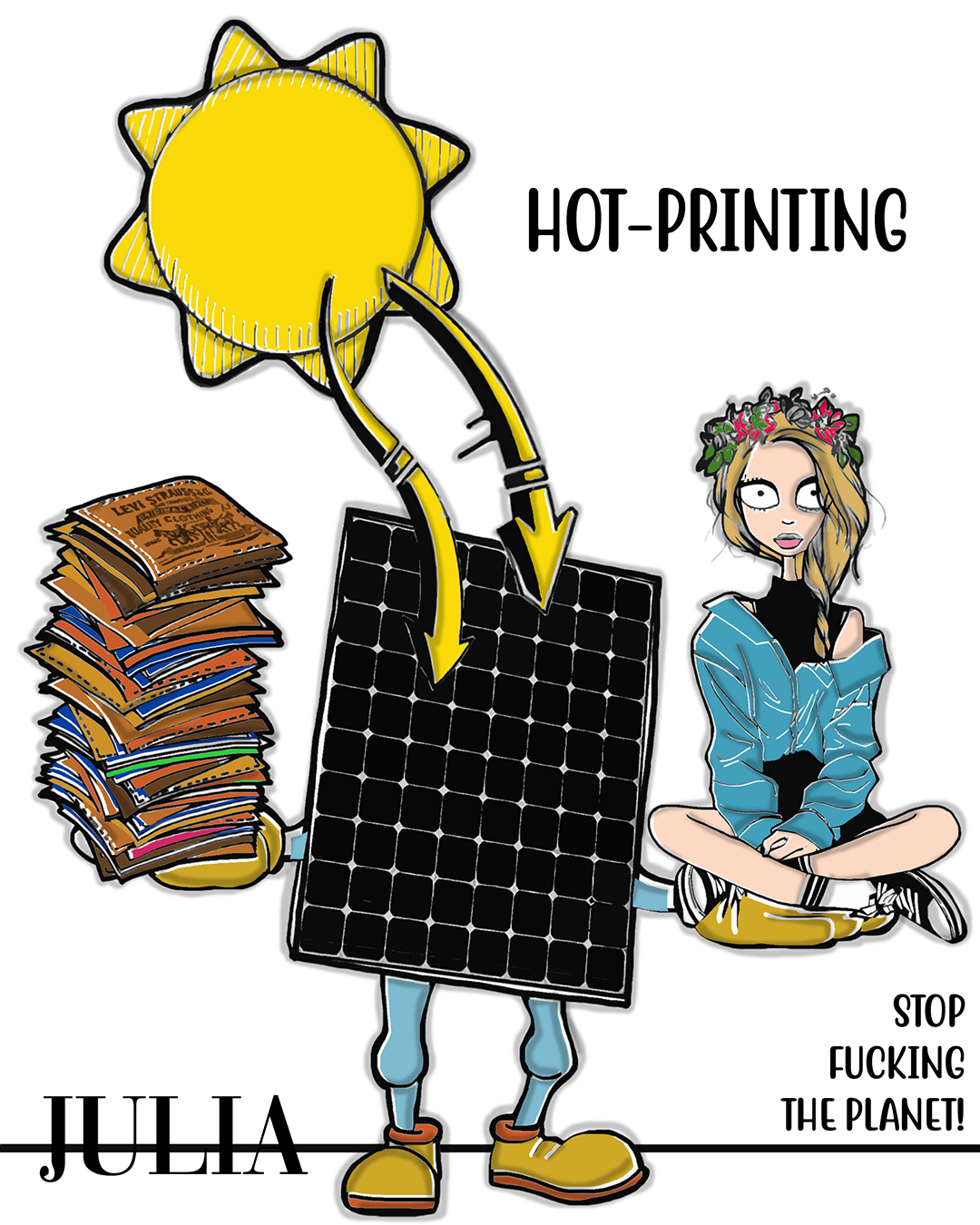
Hi everyone! How's it going?
Today I wanna share some curiosities about the hot printing process with you.
Hot printing is a printing system obtained with the combined effect of temperature, pressure and time.
It's a very flexible and clean process allowing to mark a variety of different materials eliminating the need for inks or any other additional materials. A metal die into a hot stamping equipment is all you need.
To make it even more clean and sustainable, you can harvest energy with solar panels.
It's a really good combination of two sustainable factors.
Stop F**king The Planet,
Julia.
Credits:
Illustrations: @serenaconti
Sponsored by @panamatrimmings
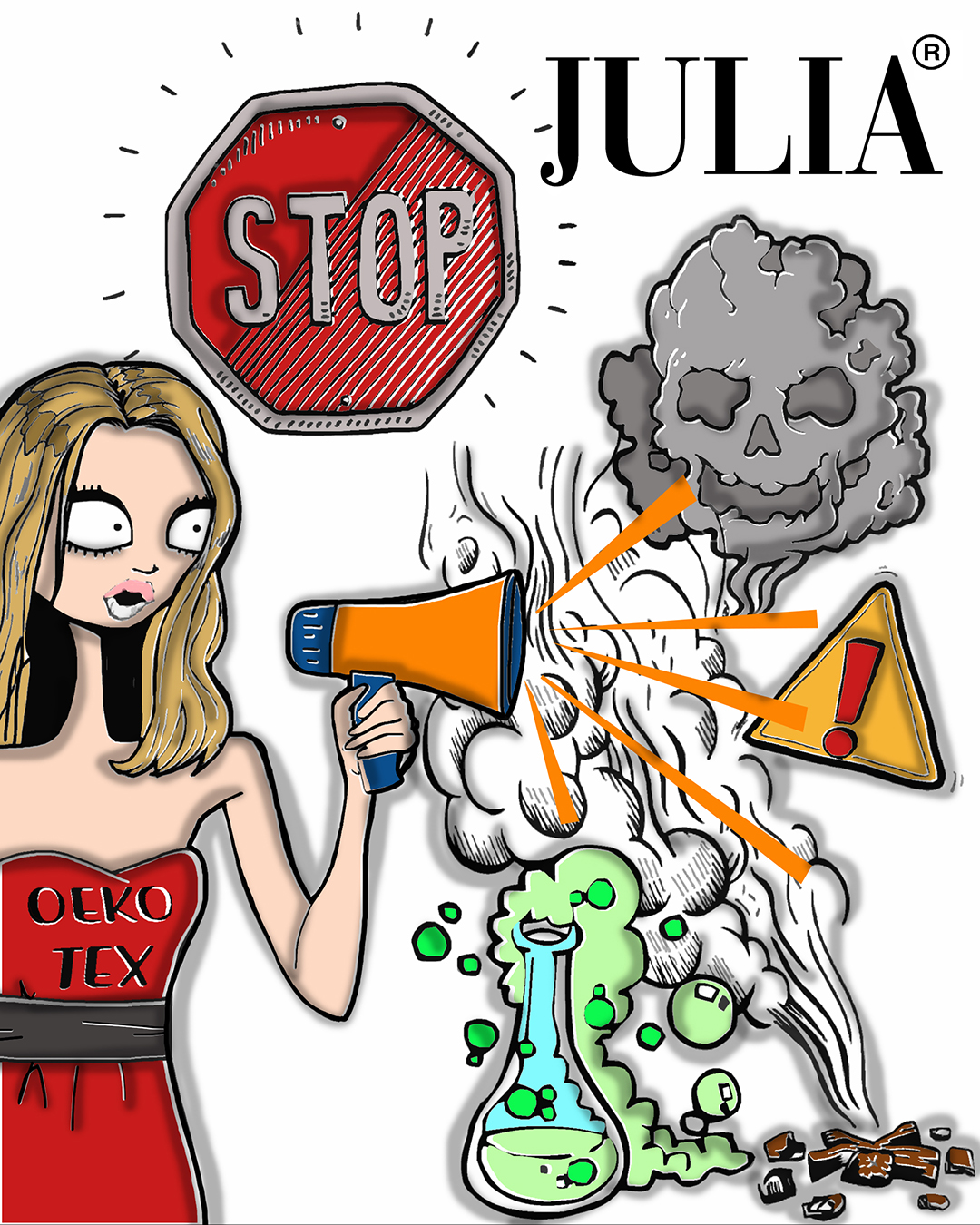
Hi there! What's up?
Today I'm gonna tell you more about the OEKO-TEX Standard 100 certification.
I guess you've heard so many times this word, haven't you?
OEKO-TEX is a worldwide association of independent research and testing institutes for product safety and sustainable production in the textile industry. It was introduced in the early nineties as a response to the demand for textiles that did not pose a risk to health.
To attain Oeko-Tex Standard 100 certification, each and every component must be tested and certified to be free from harmful substances for human health.
In principle, all textile articles in every stage of processing are suitable for a Standard 100 certification, starting from the threads to the finished fabrics and finished articles.
In the test they take into account numerous regulated and non-regulated substances which may be harmful to human health. In many cases the limit values for the Standard 100 go beyond national and international requirements. The criteria catalog is updated at least once a year and expanded with new scientific knowledge or statutory requirements.
For your safety, choose OEKO-TEX labelled products.
Stop F**king The Planet,
Julia.
Credits:
Illustrations: @serenaconti
Sponsored by @panamatrimmings
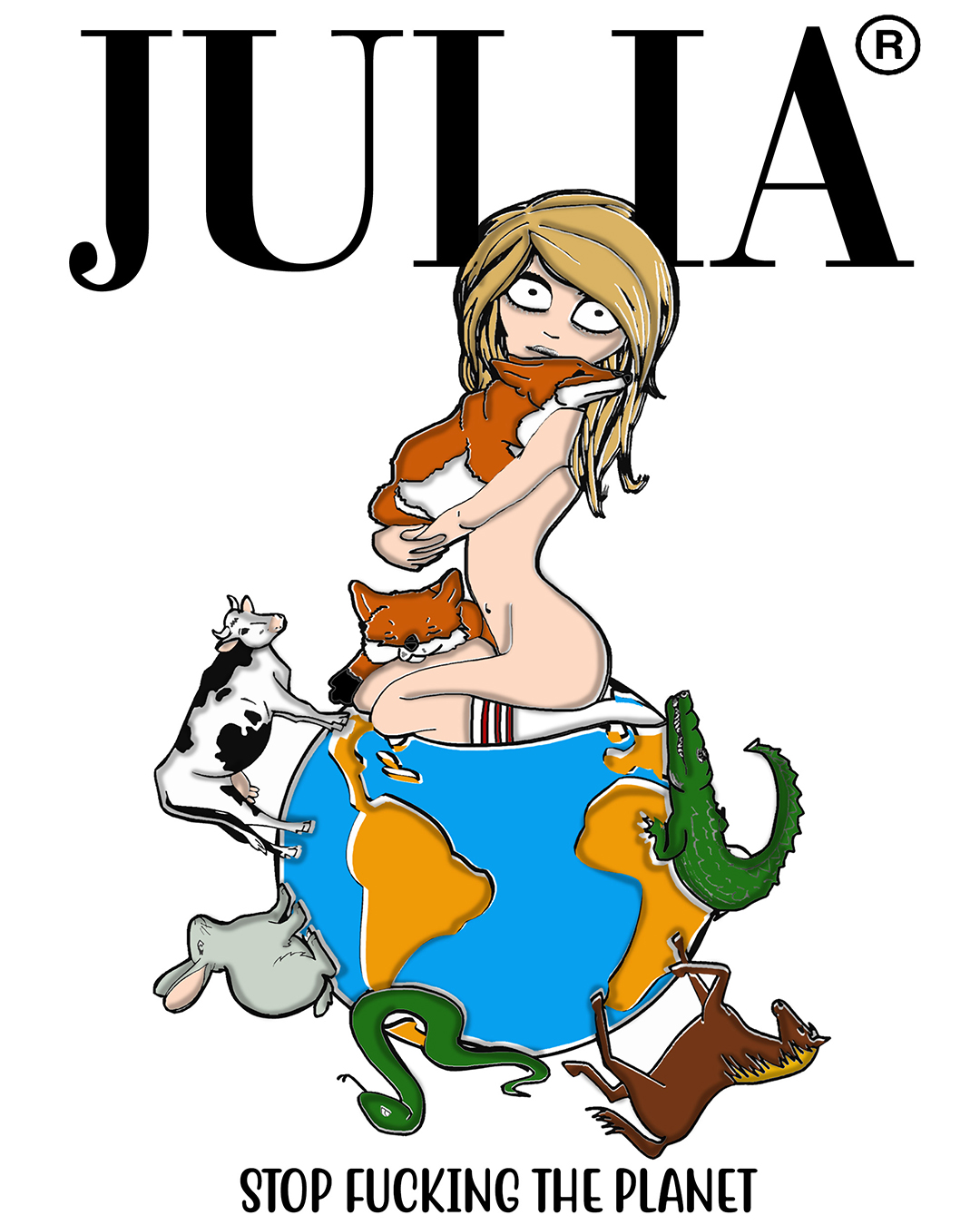
Let's unmask one of the most wrong and widespread bullshit about the leather used by the Fashion Industry. Some players, unaware of the reality, declare that the global fashion industry kills billions of animals for their skins every year.
This is completely untrue.
The leather used in the fashion industry is the waste material of the food industry. Nobody is killing an animal for its skin. Animals are killed for its meat, what's left has no meaning or interest for the food chain and it would have to be discarded.
Facts prove that leather is a by-product of the animal skin and it's sustainable in the way that it's an existing product switched from a waste into a usable material.
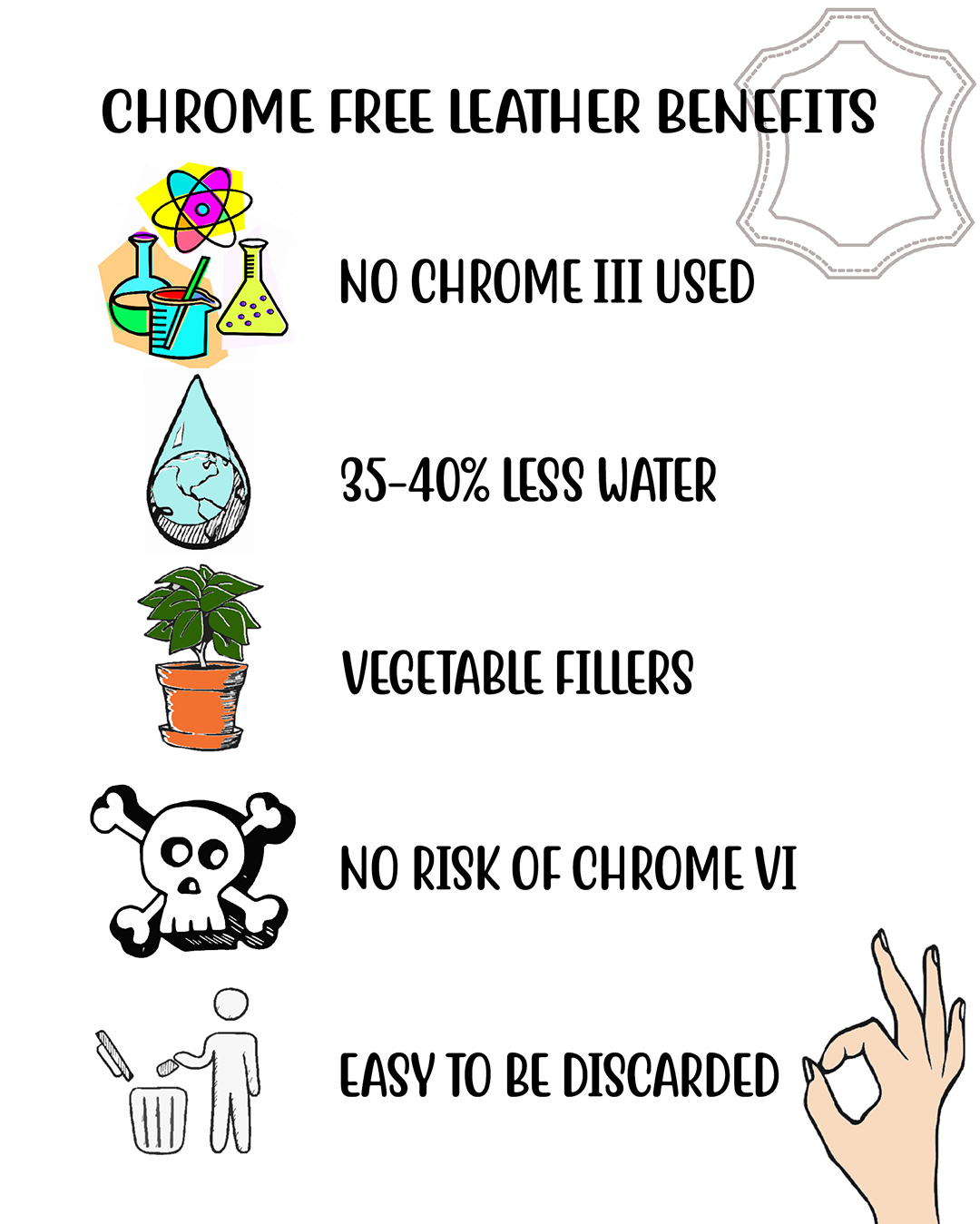
There are leathers which are more sustainable than others, the so called chrome-free leather because during the tanning process Chrome III is not utilized. Water waste is up to 35-40% less if compared to the traditional tanning. Synthetic fillers are not used and there is no risk of Hexavalent chromium occurrence.
Stop F**king The Planet,
Julia.
Credits:
Illustrations: @serenaconti
Sponsored by @panamatrimmings
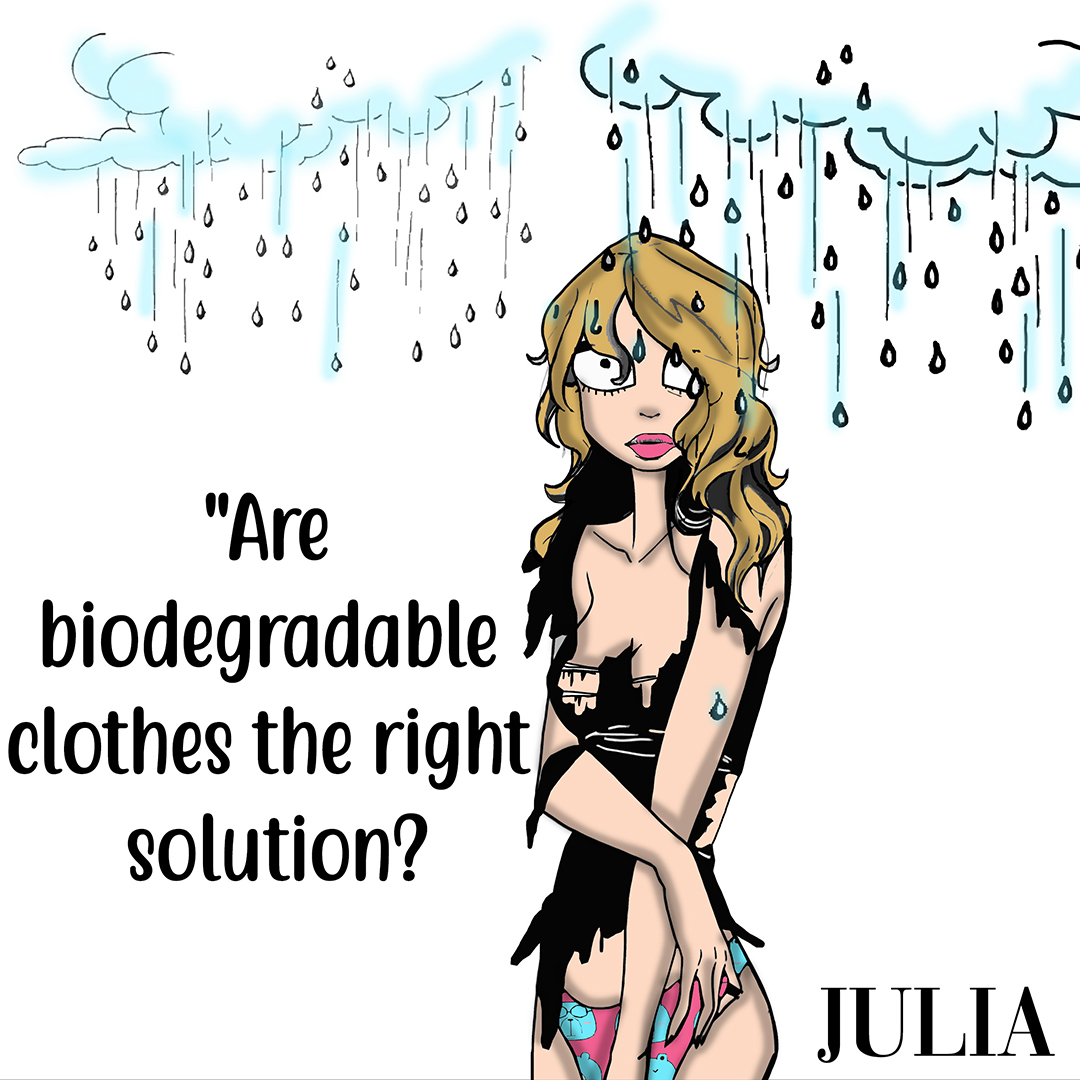
All kidding aside, many of today’s garments are woven from plastic-based acrylic, nylon or polyester threads. All such materials are chemically produced and are non-biodegradable. But some innovative researchers think that tomorrow’s clothing could be potentially bioengineered and would break down into nontoxic substances when eventually thrown away. For the time being it’s better to buy garments made of natural or sustainable materials.
Stop F**king The Planet,
Julia.
Credits:
Illustrations: @serenaconti
Sponsored by @panamatrimmings
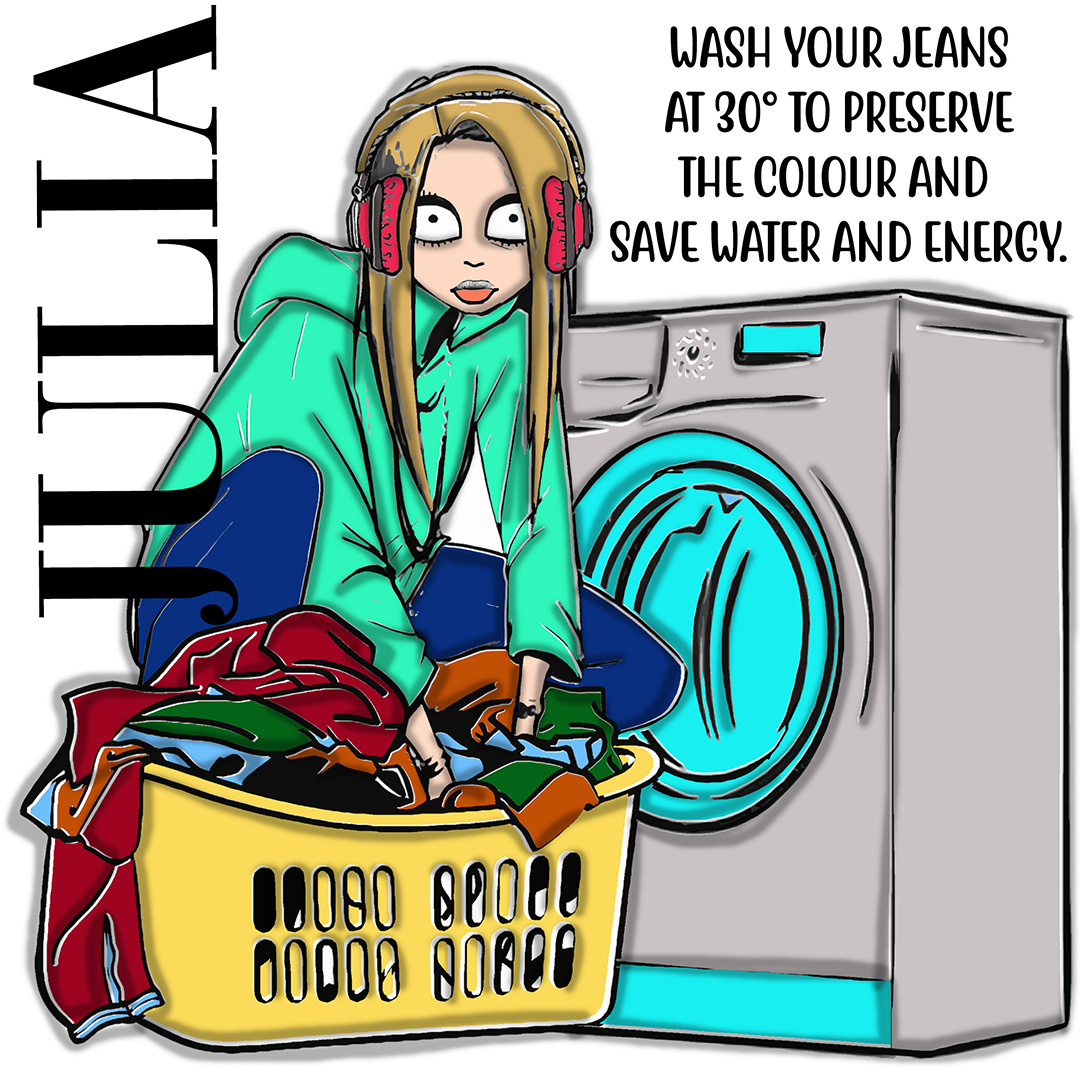
Taking care of your favorite pair of jeans is really important to maintain their shape and color.
It’s better to spot clean any dirty spots or if you have to wash ripped jeans wash by hand.
Turn your jeans inside-out and zip them up, use laundry eco-friendly detergent designed for dark clothing to prevent fading.
Always wash your jeans with cold water to preserve the colour of the fabric and save water and energy.
Stop F**king The Planet,
Julia.
Credits:
Illustrations: @serenaconti
Sponsored by @panamatrimmings

The massive use of Hang-Tags on all types of garment requires a careful consideration.
Even though it's not difficult at all to find a hang-tag in recyclable material, not the same can be said for the string.
Probably most of the people won’t recycle it properly separating paper from the rest. Things could be easier with a totally recyclable product to be put in the recyclable paper bin, simple and green.
Choose for your green hang-tag a string in recyclable paper, a win-win solution.
Stop F**king The Planet,
Julia.
Credits:
Illustrations: @serenaconti
Sponsored by @panamatrimmings
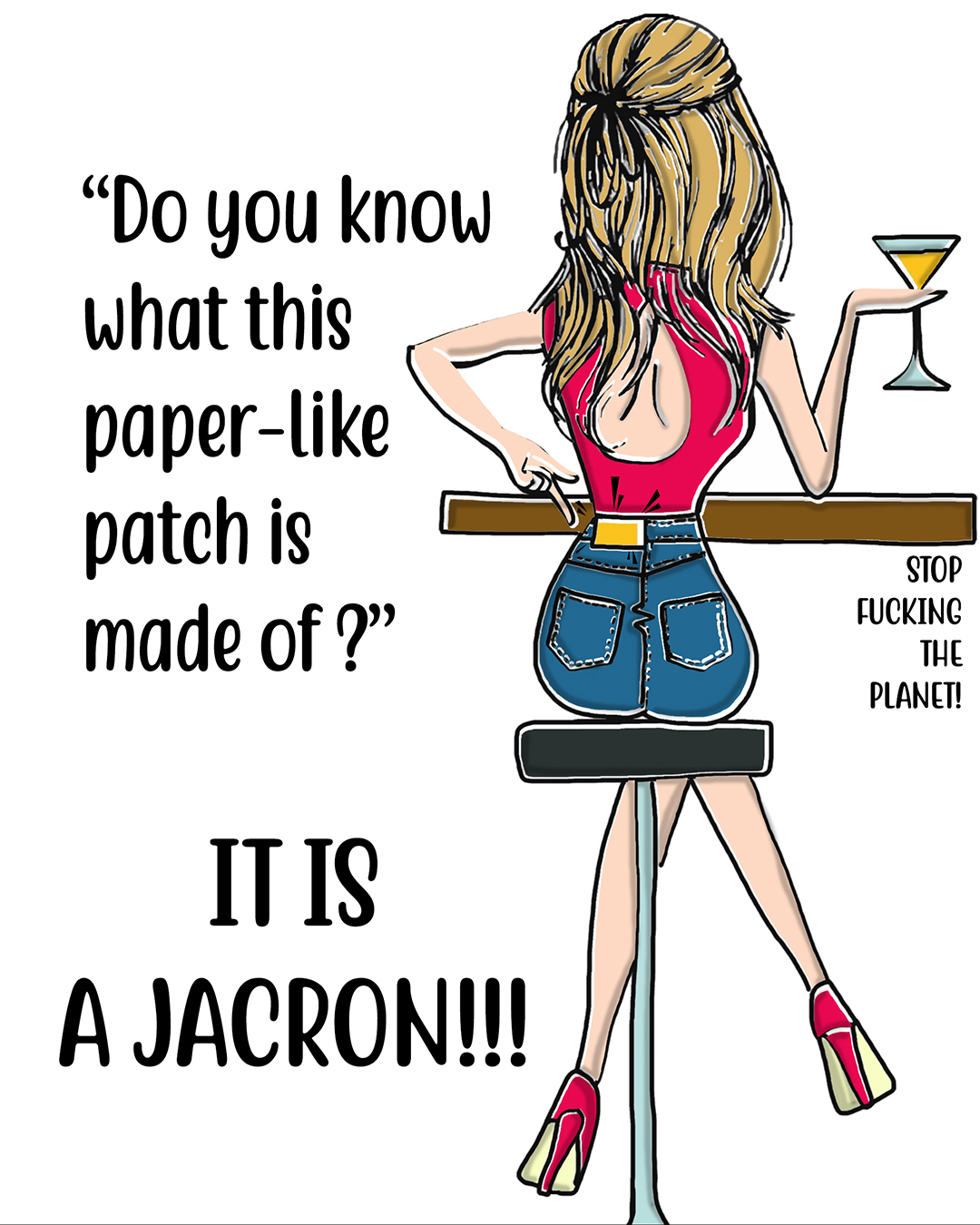
Jacron is the washable and very resistant paper, it become famous in the 50's when Levi's switched from leather to jacron for its back-patch.
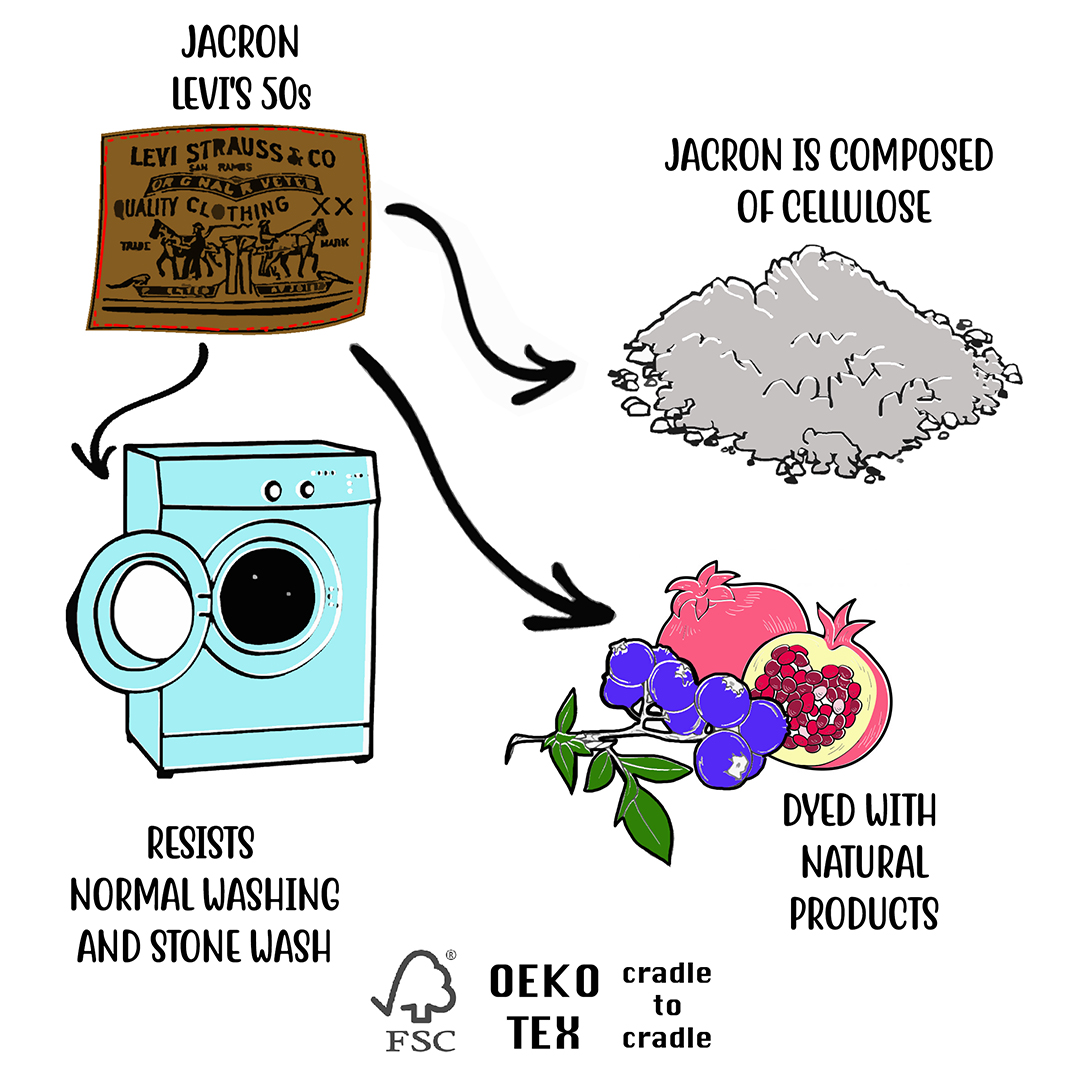
The durable jacron, less expensive than leather, is mainly made of cellulose.
It's FSC, OEKO-TEX and C2C Certified.
On the top of its sustainable content jacron offers surprising and unexpected twists such as the possibility of being dyed with natural products.
Stop F**king The Planet,
Julia.
Credits:
Illustrations: @serenaconti
Sponsored by @panamatrimmings

